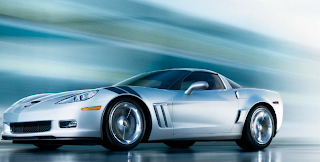So what all do you need to have a wireless network ?
Of course you'll need the device that you wanna connect to wireless network. Lets assume it's your computer. Other common possible candidates are smart phone, music system, PlayStation, XBox, internet phones etc.
Your computer needs to have an adapter that can listen to wireless signals and understand them, this would be your wireless adapter card, this is mostly internal (physically inside the computer CPU).
You'll need an internet connection from some ISP. This could be a broadband (through telephone line) or cable (through a separate cable wire) or satellite (through a satellite!) or... Data transmitted over different medium (telephone line, cable, satellite...) is de/modulated in different way.
So depending on the type of medium you'll need a modem a cable/broadband.. modem.
Now that you have a modem that can send and receive data to/from internet and a wireless adapter in your computer, all you need is to establish a wireless connection between modem and the wireless adapter, this is the work of your WAP (wireless access point). Additionally to handle the networking part (taking care of packet scheduling, DHCP...) you'll need a router.
Most wireless routers sold in Indian market are wireless access points cum routers. So you get both in one.
Here is a diagram that shows the normal connection setup in a home network with a router with in-built access point.

A few other things of interest:
1. Common standard you'll keep hearing about is 802.11a/b/g. These are different wireless standards that these wireless devices conform to. You need ensure that your router and wireless adapter both support same standard (most cases both support multiple standards so nothing to worry about)
Here is a simple nice comparison of standards:
See the table in this link
Throughput: This is the max speed at which data is transfered. Remember that in most cases this would not be a bottleneck, instead it would be the number of devices connected to the network and the speed supported by your internet connection.
Range: Although this column says 100-150 fts, in most cases you'll have a "low" or "very low" signal across 2 rooms or on a different floor. Reason for this in India in particular is that we have brick walls, which are killing for signal strength. (Of course you can spend a fortune and get ones that will transmit in your whole apartment block). What could help here is the placement of your router. So try out different angles and different places in the house. See to it that the router is not too close to the wall.
Frequency: Need to bother/think about this when you have other devices like cordless phones etc that also work in same frequency range. Just ensure that router works in a different range (this is configurable).
Hot-spot access: Don't bother about this for now. :)
Power drain: Indicates the effects on your electricity bill.
Interference risk: This is purely indicative of probability. Wherever it's high/medium it's simply because there are other known devices (like cordless phones etc) that also operate in same range. If you don't have one don't need to bother, if you have one you can always configure your router to use different channel.
Cost: Think this should be very clear..
PS: Dual band means a router that supports multiple standards. In India most support both 802.11b and 802.11g










